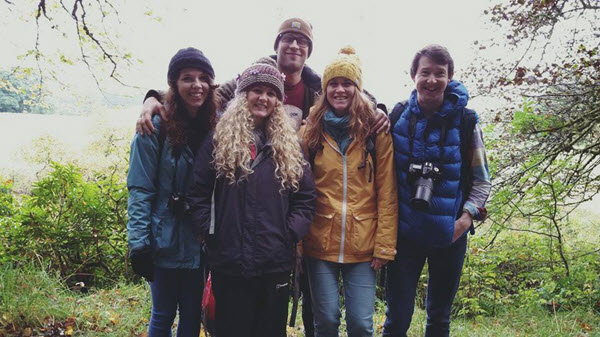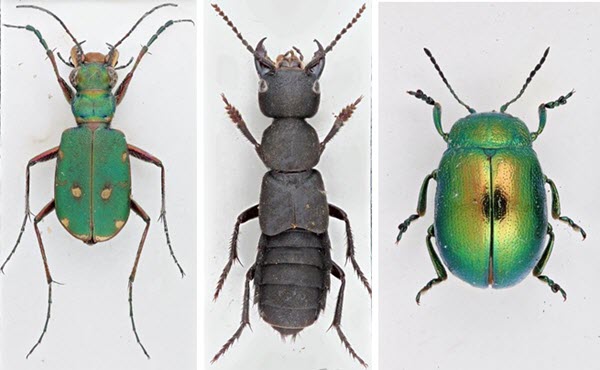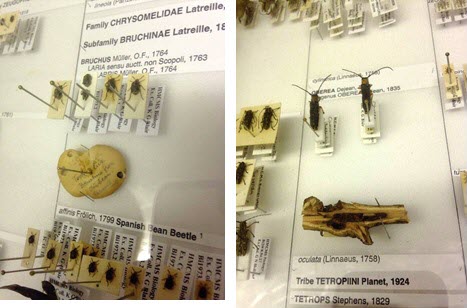Written by Katy Potts, Identification Trainers for the Future trainee
Well, where has the time gone? I’m excited but somewhat thoughtful about giving you the final update from me on our traineeship. In this blog I will be updating you on phase 4, the final phase in which we are now almost half way through. Phase 4 is very much about gaining more knowledge and understanding in skills transfer and training delivery. More specifically, we learn how to teach other the knowledge we have gained over the past 10 months. We also have a final project to work on which is to create an identification training resource; this could be anything from an ID workshop to an online guide or key.

We are all busy working away on our projects and between us are covering a wide range of species groups and ideas for the project delivery. Some examples of projects are as follows. Sally is creating an online Bayesian multi-access key to UK Grasses. This key will be interactive with many levels of access, allowing the user to fill in what they know and make identifications based on probabilities. The key will guide the user, providing advice, drawings and definitions. She hopes it will help amateur naturalists improve their ID skills as well as successfully identify their specimens.
Anthony has a passionate interest in rock pooling and strand line species. He has decided to develop an ID guide and activity where people of all ages who visit the beach will be able to assess the health of strand lines found on beaches and record the species that wash up and occur in seaweeds around the UK Coasts. Chloe meanwhile is working with the Bumblebee Conservation Trust on a project with them and Mike is (unsurprisingly!) working on an orchid-based project.
I personally will be running an identification workshop titled ‘A beginners guide to common Beetle families”. I have been focusing on preparing the workshop presentation for the day and creating my own guide to the most common families. I have been using the stacker in the Angela Marmont Centre to take high quality photographs of selected species from each family to give an overview of morphology and key family characters. People attending the workshop will go away with an information guide with all the relevant information they need to begin studying Beetles.

During December we also had the pleasure of attending a data management workshop run by the NBN Trust’s own Rachel Stroud. We covered all things data management from Excel tips and tricks to looking at how to manage historical datasets, how best to approach them and untangle some of the problems associated with them.
One other highlight was heading down to Winchester for the day to visit the Hampshire Biodiversity Information Centre and Hampshire County Council's Biodiversity team, where we were given talks on how they run the centre and how they manage their data and planning applications. We also went to the Hampshire Cultural Trust to learn about how they manage their natural science collections. Anthony will be writing a blog about this soon so keep an eye on our webpage for that!

Pictures: Some images of the Coleoptera collection at the Hampshire Cultural Trust, I personally found them very interesting as they had specimens that highlight the beetles ecology.
Left pic: Burrow hole of the bean beetle and Right pic: Burrow hole of a Lorn Horn Beetle.
Over the next month we will also be working with the Learning and Engagement team at the Museum where we will be spending some time looking at how to manage volunteers, teach school groups and work with family groups. This will build on all the work we have been doing over the past few months, both with the Museum and in training with the Field Studies Council. If you find yourselves in the Museum over the next few weeks you may even see us out on the gallery or in the Investigate centre.
